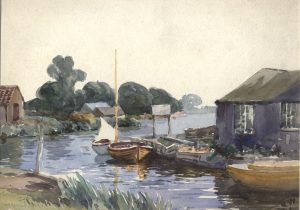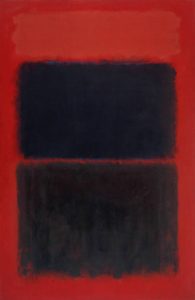In a world where we have all been programmed to follow the same basic routine tasks, to follow the same lives, how can anything we do now be classed as ‘authentic’? How can anything we create be original? We all wake up, go to work, buy into capitalism and come home again. We seem to repeat this routine day in, day out without question.

Over the past 100 years we have seen a radical change in the way we live our lives and this is dramatically shown by the change in art styles. We have gone from very traditional drawings of portraiture and landscape to very simplified and abstract pieces showing hurt emotion.
The rise of technology greatly aided to the idea of ‘Modernism’; the introduction of machines meant artists had to strategically re-think their practice. Items were now available to be mass-produced, making artwork easier to distribute, though in a very different style. There have been countless revolutions in the past which have called for change through art but now we seem to have hit a brick wall. We have just become robots, following one day to the next without any challenge to the norm. Today, we do see principles of Modernism like ‘form follows function’ (Louis Sullivan, 1896), but we only see products being improved, not reinvented. Just like phones and computers, for example. We have run out of original ideas, we have run out of rules to challenge.
There will always be people out there who want to create something new, who want to become known as an inventor and to be ‘authentic’. But, it would appear that all the good ideas have been used up.
Image one: C.A. Hannaford RBA – Early 20th Century Watercolour, Canal Landscape
Image two: Mark Rothko, Light Red Over Black, 1957, Oil on canvas

